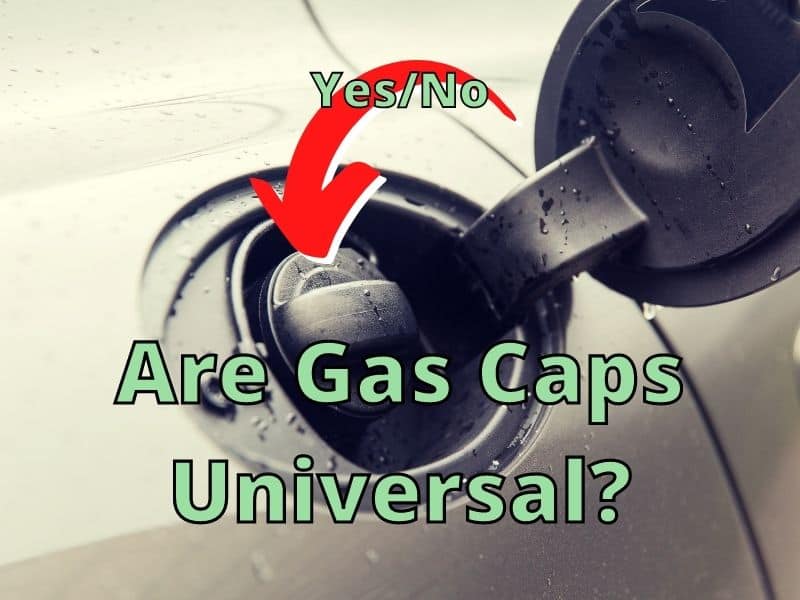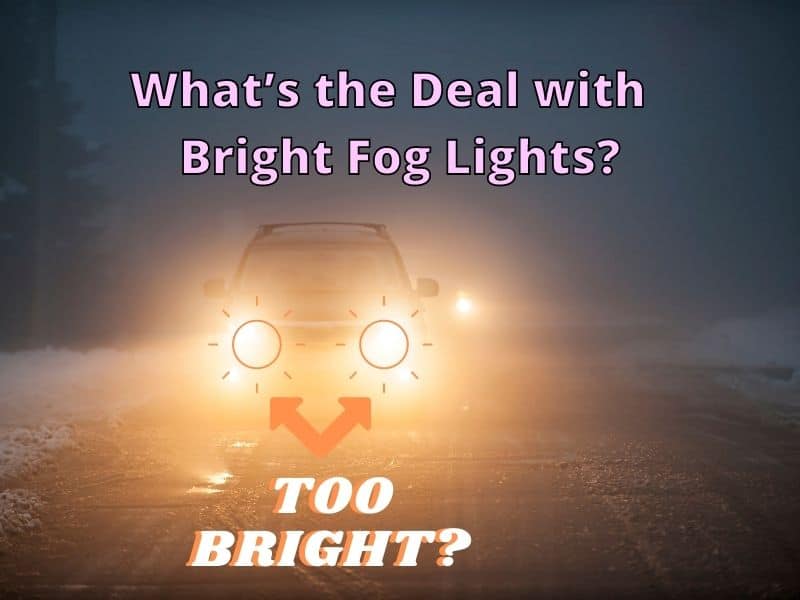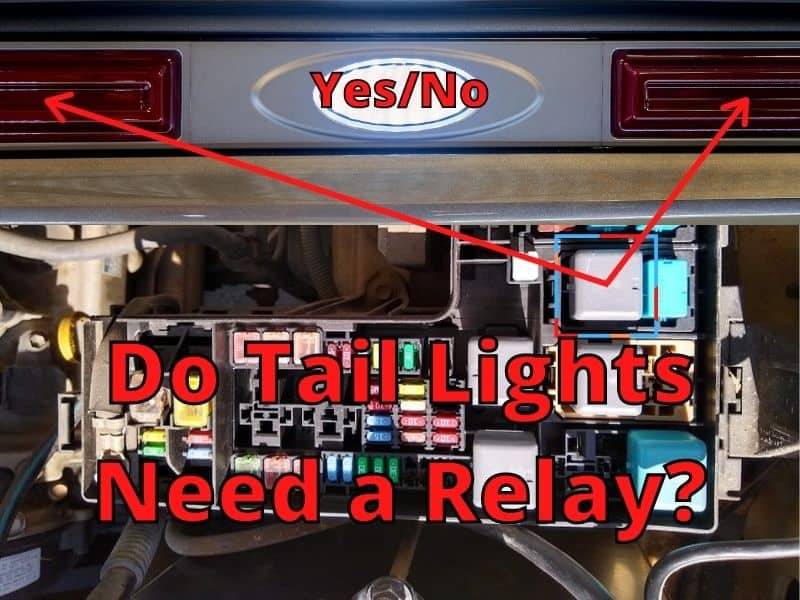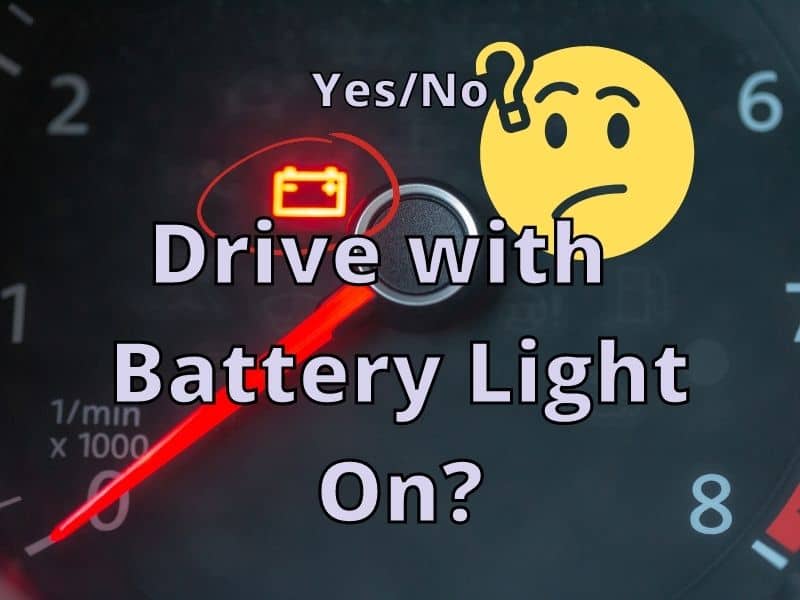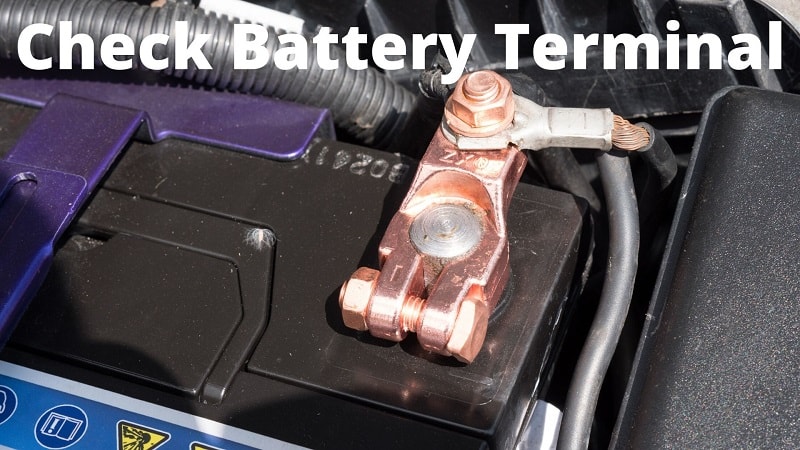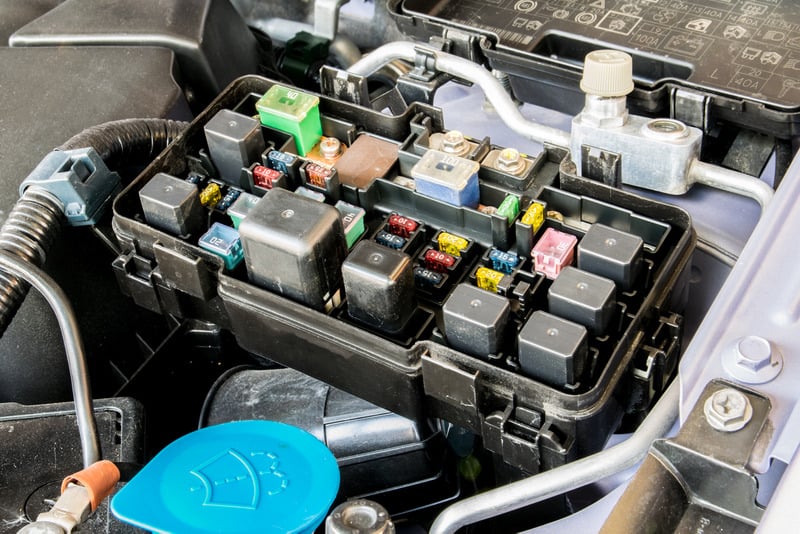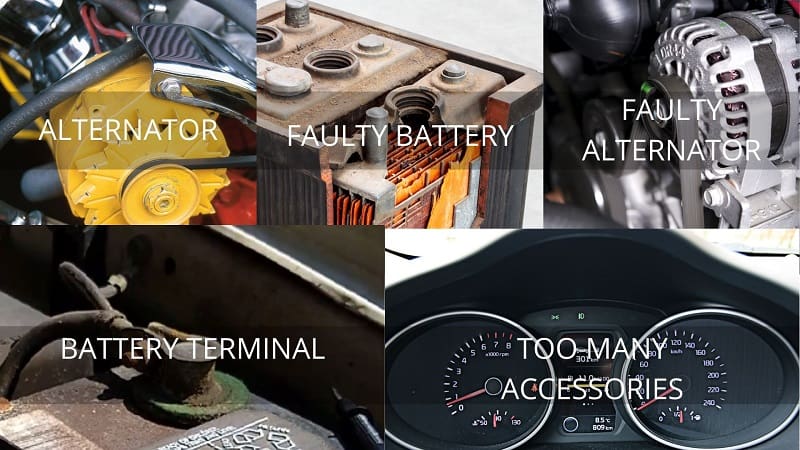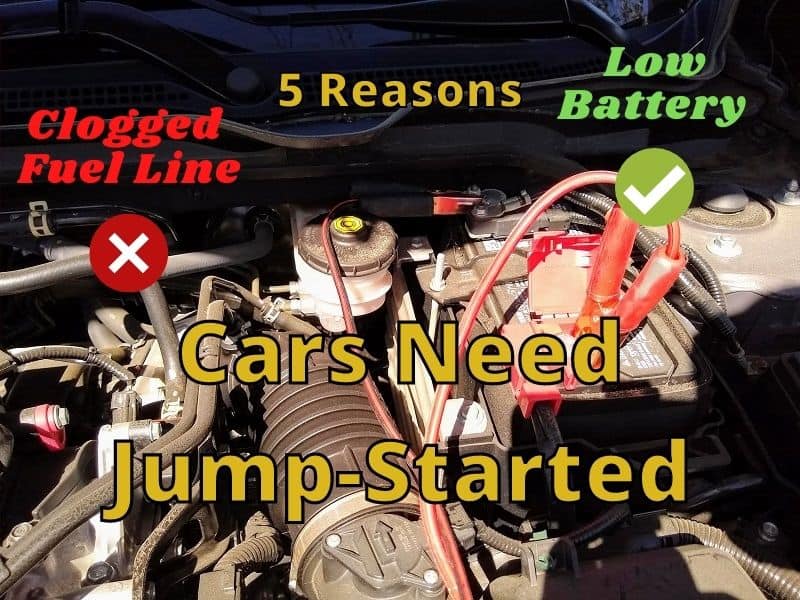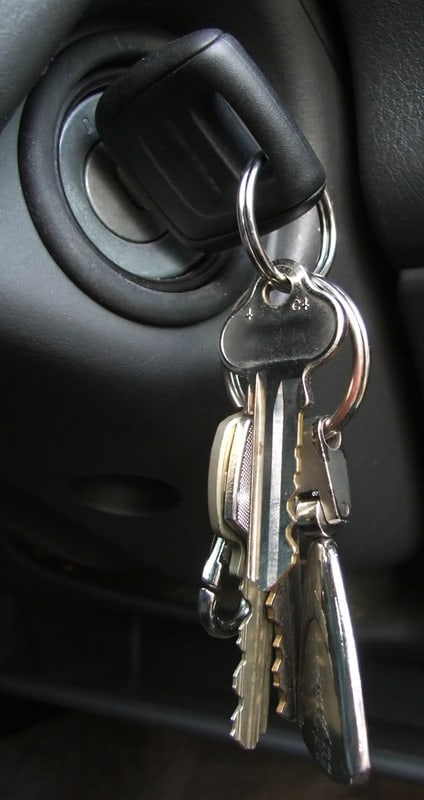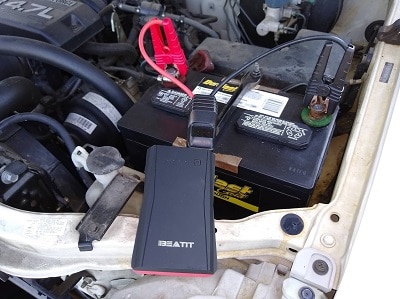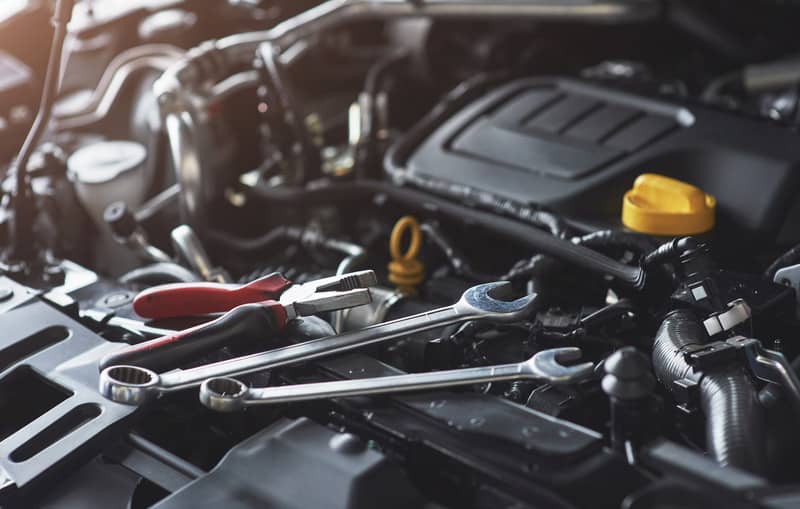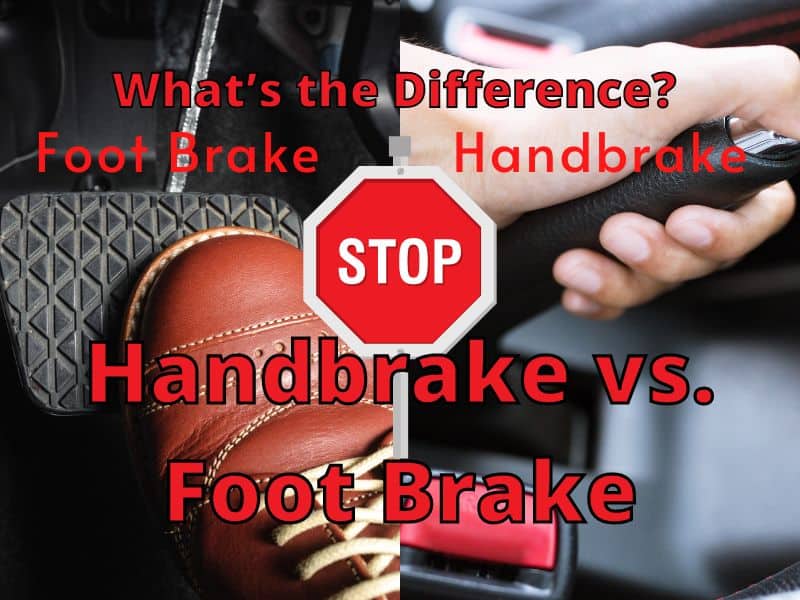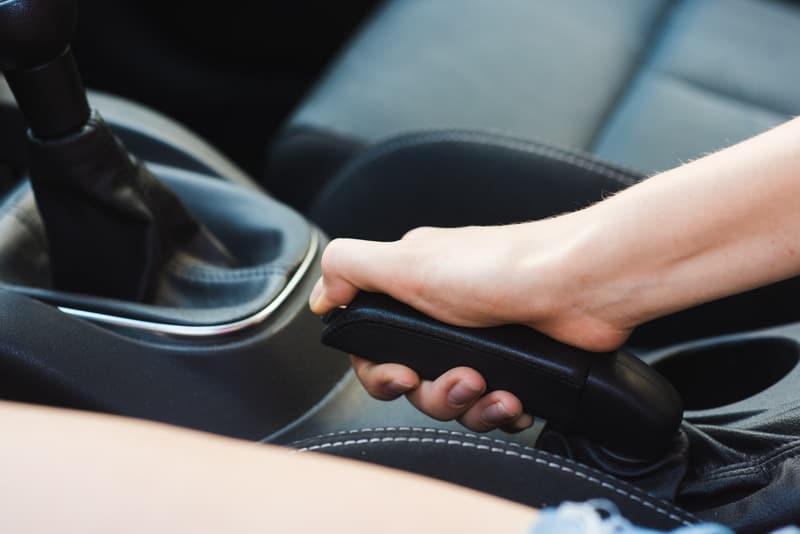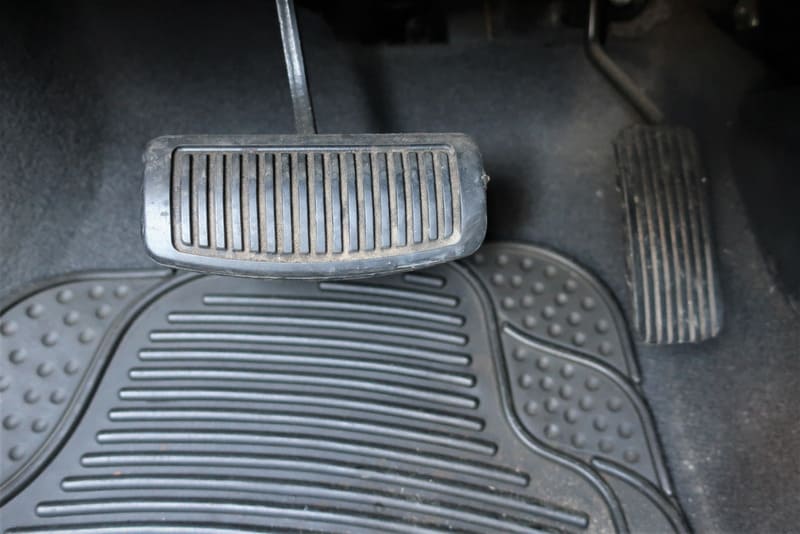Almost every car on the road uses gas to fuel the engine and make the car move (electric cars are the exception). Every car is a fuel tank, and the entry point that all cars have is a gas cap. But, the gas cap is a flimsy piece on the vehicle and can be easily lost if not properly taken care of. If that happens, how difficult might it be to replace it?
There are different types of gas caps, ranging from slow-release to cap-less. However, the gas caps for all types of vehicles are replaceable; some gas caps fit many manufacturers’ gas tanks.
Now that you know, you may be thinking that you can plug and replace a gas cap for a lost one on your vehicle. While that is true, plenty of complications come with trying to replace a lost or damaged gas cap. Plus, gas caps are so much more than a piece of plastic that stops gas from leaving the gas tank.
The Purpose of a Gas Cap
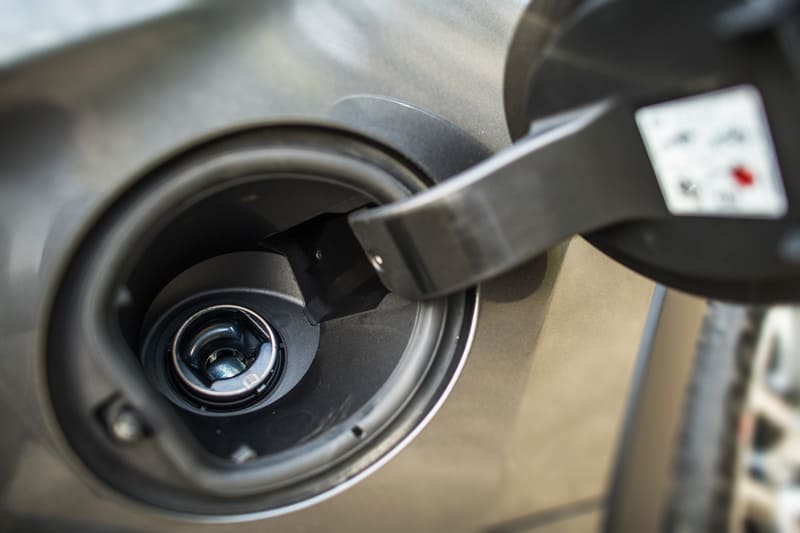
Gas caps are a small part of the vehicle but have more functions than you may realize at first. Obviously, the gas cap is essential to keep the gas inside the gas tank. It is the stopper for gas leaking out of the tank through the fill hole. But there are more functions than that.
Another purpose is to keep other outside elements from entering the gas tank. If fuel is mixed with other liquids or debris, then there can be dire consequences. While most vehicles are also equipped with a little door on a hinge that covers the gas cap and fills the hole, the gas cap acts as a last line of defense to prevent outside elements from coming inside.
A gas cap’s additional purpose is something you may not even realize. Gas caps are essential to a car’s fuel efficiency.
Without a gas cap, gas vapors leave the tank and go into the atmosphere. This damages the atmosphere and takes away from the vehicle’s fuel efficiency. The less gas in the tank being used by the vehicle means the vehicle loses its fuel efficiency.
This can be a huge difference for vehicles in their ability to be as fuel-efficient as possible. If your gas cap is damaged or not even in use, a car could lose up to 30 gallons of gas per year, which can translate up to hundreds of dollars a year for people.
The Gas Cap Evolution
The tiniest of plastic on a vehicle may not seem like a modern marvel, but the evolution of the gas cap has quite a history. The year to keep in mind for big gas cap changes is the year 1970. That year, the Environmental Protection Agency (EPA) started to enforce a new vehicle emissions policy.
The EPA had done some studying of ground-level ozone layers and realized that the cause of the damage to the ozone layers was fuel vapors. Therefore, they implemented changes that would directly affect fuel vapors and tried to change the course. Congress implemented the first Clean Air Act. The first Clean Air Act called for a reduction in auto air emissions by 90% by the year 1976.
In 1971, all licensed vehicles in the United States had to have evaporative controls built into their fuel systems. The first measure: is the gas cap. The cap helped prevent gas from spilling out of the tank. Along with that, cars also started to use charcoal canisters to control vapors and reduce emissions into the atmosphere.
As time went on, the fuel vapor controlling measures tightened up, and by the mid-1990s, fuel vapor controls were more than 50 times those in 1971.
Another historical point in the gas cap history is the Onboard Diagnostics System (OBD) invention. This system was invented in line with the changing rules about fuel efficiency and gas vapor emissions. The OBD System was built into the cars themselves as a way to track and monitor how well the engine is performing along with other systems in the vehicle.
In 1990, the Clean Air Act called for new systems of Onboard Diagnostics called OBD II. OBD II was designed to help test the fuel system by pressurizing it or applying a vacuum. Then, it would measure even the slightest changes that could be a sign of leakage and the potential loss of fuel vapors.
All of these new measures were put into place to save the environment, but they also saved people money. Earlier, the article mentioned that people with faulty gas caps lose about 30 gallons of gas per year. Over the entire country, though, roughly 17% of vehicles on the road had faulty or missing gas caps at the turn of the century.
That figure, calculated by the Chicago Tribune, roughly translates to Americans wasting over 9 million barrels of crude oil and losing over $220 million in one year.
The Different Versions of Gas Caps

While gas caps all look about the same in modern times, there have been a few subtle changes to the gas cap that are significant. The first and most noticeable is the plastic part of the cap that is inserted into the tank.
Prongs to Spirals
For older vehicles, their gas caps may look like two plastic prongs. This was a primitive measure to try and keep vapors from being released into the atmosphere. Nowadays, gas caps are more tubular, with spiraling threads to ensure as tight of a seal as possible.
Cork & Cloth to Synthetic Sealants
The sealing materials have also changed with time. Initially, cork or cloth gaskets were used to ensure the seal was fitted with the gas cap. But, because of wear and tear plus chemical reactions, those types of materials tended to default over time.
In modern times, materials like neoprene or polyurethane are used with better resistance measures to ensure a tight seal.
Tighter Seals
Also changed from previous times is the amount of times you have to turn the gas cap in order for a tight seal to be ensured.
Previously, people would have to turn the cap until the sound of clicking was heard, therefore indicating a tight seal. Now, most modern gas caps require a simple 1/8 turn to hear one click and ensure a tight seal.
Slow Release Feature
Another new feature on gas caps is the slow-release feature. Some gas caps have a warning label on them, stating, “open slowly.” This is to ensure that vapors are released slowly and not in a sudden poof. This is especially important on warmer days because gas is more susceptible to being turned into vapors.
Gas Cap Keys
Also, versions of gas caps can be locked with a key. These gas caps do not typically come with a new vehicle and are usually replacement gas caps. They work just like any key entry, put the gas cap on, tighten until the clicks sound, and then lock it with the key.
Cap-Less Gas Caps
For those driving brand new vehicles, usually a 2019 model or newer, you may find that there is not even a cap anymore when you open the gas valve. This is the newest version of the gas cap, the cap-less gas cap.
The new cap-less gas cap eliminates all the hassles of turning, taking off, and putting on the old gas cap. This can be useful if a person has arthritis and has trouble taking off and putting on a gas cap. It is also helpful in keeping the stench of gas from coming in contact with your skin or clothing and ruining the inside materials in your vehicle.
The way it works, the cap-less gas cap, is it acts as a trap door. When you put the fuel nozzle into the trap door, the sides swing open, allowing the nozzle to go directly into the gas tank and fuel up.
It also prevents anyone from attempting to siphon gas out of your vehicle. This is because the cap-less gas cap uses a fuel-filler neck that prevents someone from shoving a garden hose or other plastic pipe into the gas tank and taking out the gas.
There are negatives associated with the cap-less gas cap, though. While there may be less gas smell on your person after filling up, the cap-less gas cap system actually increases the smell of gas inside your vehicle.
Other negatives involve crisis situations. If there comes a time you need to fill up your tank from a gas canister, you will need to use the specialty-made funnel provided by the vehicle’s seller. This can also create a gas smell in your vehicle after use.
The other negative situation where a cap-less gas cap may be negative is when you do need to siphon your own vehicle (for fuel for an emergency fire or generator). There is no way to get the fuel out of your own vehicle to use it in other ways.
When Should You Replace Your Gas Cap?
Gas caps seem like a part of the vehicle that never really needs to be replaced, but they actually do have a mileage limit before wear and tear typically breaks them down. Depending on the brand, the time to start thinking about changing the gas cap on your vehicle is usually around the 50,000-mile range.
How to Tell if Your Gas Cap is Faulty?
Now that you know when to potentially change your gas cap, how do you actually tell if it does need to be changed? There are several factors that can point to a new gas cap being needed on your vehicle.
The first indicator would be your check engine light illuminating. While this could indicate that your gas cap simply is not tight enough, it could also show that your gas cap is faulty and your vehicle is losing fuel efficiency. The best way to check would be to either take your vehicle to a mechanic or an auto-body store, where most will run an electronic test to determine the vehicle’s issue.
Another way to tell if your gas cap is faulty is to do a self-evaluation of it. Simply inspect the gas cap and look to see if there are any cracks in the filler neck (the plastic part of the gas cap). Also, check the threads and make sure they are not worn down, therefore creating a loose connection once reattached to the tank. The seal is another part of the gas cap that needs to be inspected.
An expensive way to tell if your gas cap is faulty is during a state inspection. Gas caps are now becoming a part of the yearly inspection required by every state to determine if the vehicle is safe enough to be on the road. Vehicle emissions and fuel efficiency are two factors that are directly impacted by having a faulty gas cap.
Using your senses can also be a good way to tell if your gas cap is faulty. If there is a potent gasoline smell in your vehicle, your gas cap may have cracks or faults in the filler neck. This is because the cracks in the filler neck might allow fuel vapors to leak and be released into the air.
Can You Drive Without a Gas Cap?
Driving your vehicle with a piece of it missing may seem confusing or scary. And even such a small piece as a gas cap can make a difference in how the vehicle drives and performs. But if you have to, you can temporarily drive without a gas cap.
For most cars, a gas cap can trigger a check engine light if it is not properly put on and locked into place. But the problem is a check engine light does not specifically point to which part of the vehicle is the problem.
Therefore, you may have to take the vehicle into the shop to get it checked out, which could cost you hundreds of dollars for as simple of a solution as tightening your gas cap.
The danger of driving without a gas cap is the chance of vapors and gas coming out. Special valves are built on newer vehicles that gas from spilling out of the tank. If you need to drive for a little while, there’s little chance of damage that may occur.
Replace your gas cap as soon as possible, though. It is important for environmental safety and to prevent loss of fuel. In very hot situations, there’s even a chance of fire or explosion if gas or vapors are leaking out.
Cost of Replacing a Gas Cap

Replacement gas caps generally fit a wide range of vehicles, but not all. Check carefully to ensure a gas cap will fit your vehicle before purchase.
Gas caps are essential to the vehicle and ensure it runs as smoothly and efficiently as possible. But if you lose your gas cap or if it becomes damaged, you should find a replacement and do it as quickly as possible.
But where do you find new gas caps? Depending on the dire situation, there are plenty of places to find one.
If you are in a pinch, say on a road trip, and your gas cap becomes damaged or lost, some of the chain gas stations (Sheetz, Exxon, 7-Eleven, etc.) might carry gas caps in their stores.
Don’t use a rag to stop fuel from spilling out. This can increase fire danger, so it’s likely better not to use anything and get a replacement ASAP.
If you are at home and you lose your gas cap, taking your car to your dealership or mechanic could be expensive, depending on whether your mechanic will have to do an entire vehicle inspection. But you will have peace of mind knowing that a professional is replacing the part and doing it properly.
Your local Walmart, or another box-chain store with an automobile section should also carry a wide selection of different gas caps for your vehicle. Also, stores like Napa Auto Parts, Pepboys, or Autozone also will carry gas caps and have employees who have the knowledge to show you which ones are the best for your type of vehicle.
One thing to look for when replacing a gas cap, besides just the overall price, is that the gas cap actually fits with your vehicle. The easiest way to determine this is to try to tighten the new gas cap in the tank, and if it does not click, it does not fit. The check engine light should also be an indicator as to whether the new gas cap fits as well.
Conclusion
So, in the end, gas caps serve a more purposeful role in the vehicle than many people realize. They are intended to help ensure the vehicle is as fuel-efficient as possible while keeping harmful fuel vapors from being released into the atmosphere.
Gas caps have come a long way, with the EPA in 1970 really pushing for changes to the atmosphere and changing vehicles’ impact on the environment. As time evolved, gas caps have become more technologically advanced, even to the point where they are no longer needed on vehicles.
Always be sure to check your gas cap consistently to make sure there are no cracks or damage to the filler neck. And if your check engine light comes on, it could be as simple of a fix as replacing your gas cap.
Sources:
https://itstillruns.com/can-transport-gas-cans-safely-5903913.html
http://knowhow.napaonline.com/know-notes-need-check-gas-cap/
http://www.stant.com/index.php/english/products/consumer-products/caps/evolution-fuel-cap/
https://www.autozone.com/fuel-delivery/fuel-cap?cmpid=PSA:US:EN:AD:NL:1000000:BLH:1700000387
https://www.napaonline.com/en/search/fuel-emissions/gas-caps
https://www.walmart.com/browse/auto-tires/fuel-caps/91083_1074765_1559214
https://www.autoblog.com/2016/01/08/symptoms-of-a-bad-or-failing-gas-cap/
https://www.chicagotribune.com/news/ct-xpm-2001-04-30-0104300215-story.html

